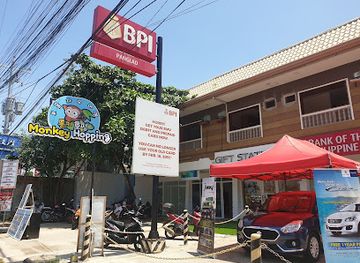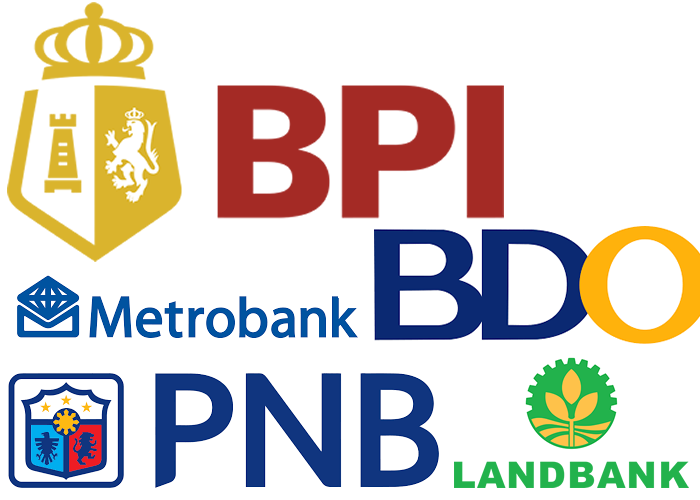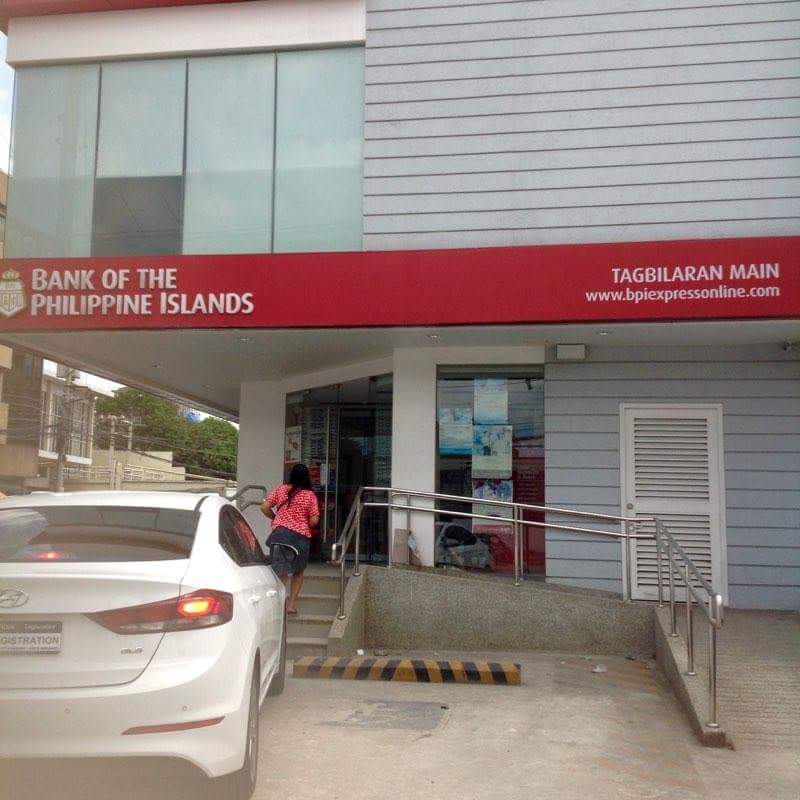When you first arrive in the Philippines the easiest thing to do is just to withdraw cash from the ATM. The exchange rates are not too bad, and the ATM fee at the BPI Bank ATM is 250 pesos for a 20,000 pesos withdraw. That comes out to about $4 in ATM fee for $350 in cash, which is not too bad. Your bank might also charge you a fee for using another ATM machine. BPI is the largest and most prevalent bank in the Philippines and they are the recommended bank to deal with.
When using a BPI ATM machine, they accept BancNet, Plus, Cirrus, Discover, Mastercard, and Visa networks. Basically most American and European ATM cards will work here in the Philippines. BPI has a 20,000 peso withdrawl limit, and up to 50,000 daily limit. So you can make multiple 20,000 peso withdrawls per day, each time with a 250 pesos of ATM fee.

In order to open a bank account here, you will need to show that you are not just “passing-by”. The banks shy away from opening accounts for tourists that are only here for a short time. Most banks require that you have an ACR card, which is a government ID card that is issued to tourists after they are in the country for 6 months. Some banks will accept a lease agreement or other document showing they are here for a certain time or have business or other relations here. As with everything in the Philippines, it really depends on who you encounter on the day you arrive. Some foreigners have said they had little difficulty in opening an account, and others will go in the following day and a different manager will have a long list of requirements. There is very little regularity in how things are done here, but Filipino businesses will value personal relationships above all else. If you look familiar, and are able to establish a “rapport” with the staff at a given business, they will be much more likely to transact with you.
Credit Cards are not universally accepted. Cash is still king in this developing country and if you show up assuming everyone will accept your credit card, you may run into problems. Credit cards will be accepted at resorts, supermarkets and some restaurants. But it pays to ask before you order a 5 course meal to make sure they accept your form of payment.
Bank Accounts
Once the bank agrees to open an account for you, it will be much easier to transfer money from your home country. BPI offers checking or savings accounts, and even Dollar denominated accounts so you can keep your money in Dollars. You can wire money to your Philippine bank account, or use wire services like Wise.com or Worldremit for a better exchange rate. A BPI bank account will provide you with an ATM card, and online/mobile banking. You will be able to transfer up to 50,000 pesos to any other account at the same bank, or use Pesonet or Gcash to transfer to another Philippine bank.

Apart from BPI, there are a number of other banks in the Philippines including:
- BDO (Banco de Oro), not the same as BDO in Europe & U.S.
- Metrobank
- PNB (Philippine National Bank)
- Security Bank
- RCBC
- LandBank
- ChinaBank
Money Transfers
The Philippines is the land of money transfers. It seems everyone is always borrowing money from someone and sending it by money transfer. You will see Palawan and LBC shops everywhere. Palawan Pawn Shop is also a money transfer service, and LBC is also a package delivery service. You will also see Western Union, Moneygram, Gcash and other money transfer services. There are millions of Overseas Filipino Workers (OFW’s) around the world who use Western Union and Moneygram to send money back to their family every month.
These money transfer services can be used by foreigners in the Philippines to receive money in small amounts. If you need to send/receive more than $3000, better use a wire service like Wise.com or Worldremit. Larger amounts will raise a red flag with money transfer services because they regularly get used for money laundering or fraud. For that reason banks will be better suited to transfer large amounts.

